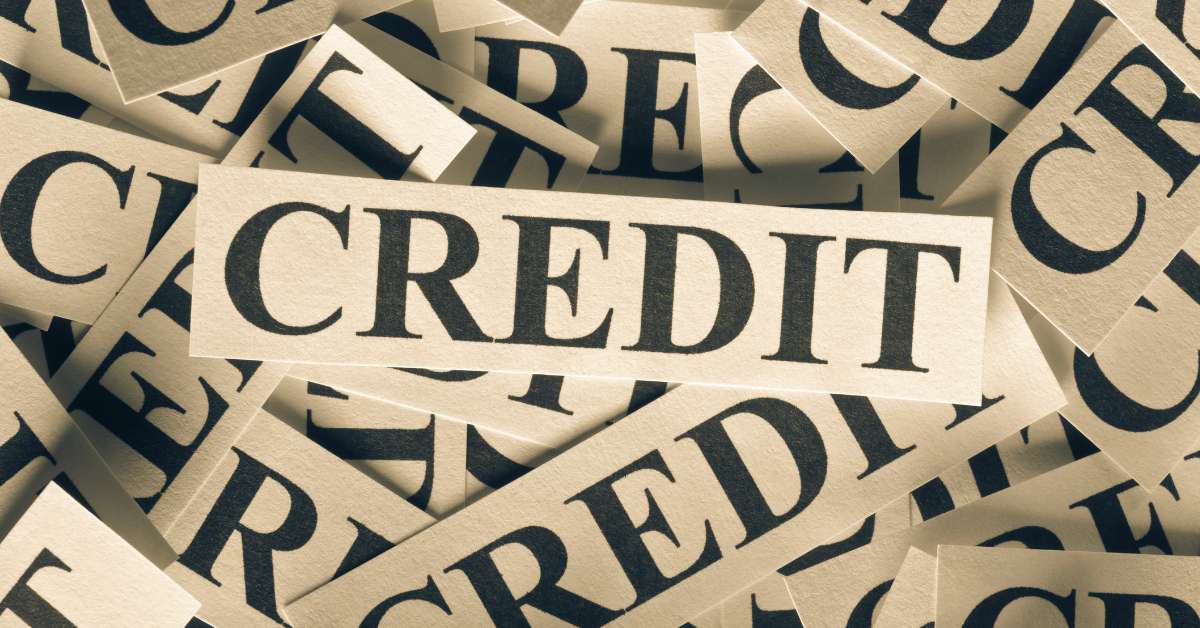Language:
Unlocking Business Growth: How to Start a Business Line of Credit

Whether you’re starting or expanding your business, a business line of credit can cover cash flow gaps or offer the necessary funds for new equipment. Rather than receiving a lump sum payment, a business line of credit allows you to receive money when needed. If you’ve got a business bank account and established operations, it’s time to think about a business line of credit.
The best part? You only pay interest on the amount you use, not the fully approved credit line, so you can use it to fit your business needs. Read on know about five simple steps for how to start a business line of credit.
What Is a Business Line of Credit?
Whether you’re starting a small business or have already built a successful business, a business line of credit is a type of revolving credit to cover intermediary funding needs. These flexible business loans work similarly to business credit cards. Your business is approved for a certain amount of credit, and you can draw on that credit as needed. You’ll only pay interest on what you are actively borrowing.
Repayment terms for a business line of credit vary from lender to lender. Your time for repayment could be as short as a few weeks up to several years. Interest rates on a business line of credit are usually higher than on traditional business loans. Interest rates vary depending on your credit history, time in business, and annual revenue, among other factors.
It’s necessary to have a business line of credit rather than a personal line of credit to separate business funds and personal funds. If you’ve set up an LLC to protect your assets, a business line of credit is an additional protective step.
What Is the Difference Between Secured and Unsecured Lines of Credit?
The difference between secured and unsecured lines of credit is whether you have to put up collateral to guarantee the loan. The bank can take a collateral asset like a house or property if you fail to repay the loan. Generally, a secured line of credit has lower interest rates as the risk for lenders is lower. Traditional business loans are usually secured lines of credit.
Unsecured lines of credit don’t require collateral but may come with higher interest rates or fees. Credit cards are one example of an unsecured line of credit. A small business line of credit is also usually an unsecured line of credit. Business lines of credit can be larger depending on the business income and credit score. You can find business lines of credit from $2,000 to $250,000.
Why Should You Consider Getting a Business Line of Credit?
A business line of credit offers flexibility to use funds when needed. If cash flow isn’t an issue, you never have to use the business line of credit. But if you want to expand the business or pay employees while waiting for invoices to be paid, a business line of credit can be useful.
Advantages of getting a business life of credit include:
- Access to quick cash
- Only pay interest on what you’ve borrowed
- Cover expenses any time
- You don’t have to put up collateral (it’s unsecured)
- Can build your business credit score
- Helps with business expansion
- Potentially secure lower interest rates
How to Start a Business Line of Credit in 5 Steps
If you’re ready to get a business line of credit, follow these five simple steps for how to start a business line of credit:
1. Determine Your Business Needs
Business needs can vary widely, with business lines of credit ranging from $2,000 to $250,000 or more. Consider possible business funding needs, including employee salary or other short-term cash flow needs, as well as equipment purchases or expansion capital. As you’re not required to use the full business line of credit, you can apply for more than your business actually needs. Then it’s there if you ever need it, but you don’t have to use it.
Of course, if you need access to more funds later, you can also request a line of credit increase. Depending on your business’s revenue and credit history, you may be approved for a credit line increase, or the lender may ask for collateral to secure the line of credit.
2. Check Eligibility Requirements
Different lenders have various eligibility requirements. Generally, the three main criteria are credit score, business revenue, and time in business. Some lenders require a minimum credit score of 600, while others look for a higher credit score. Lenders generally check both the business and the owner’s credit score.
To verify information, the lender may ask to see business registration documents, your business plan, bank statements for both the business and owners, tax returns, and other financial statements such as the business balance sheet.
3. Choose the Right Lender
Research and compare lenders to find the most favorable rates for your business. Some lenders focus on small businesses or businesses with a specific minimum credit score. Look for a lender with the lowest available interest rate for the business line of credit you need. Consider comparing at least four to five lenders to find the most favorable offers.
4. Prepare Your Business Documentation
Lenders will ask for significant business documentation. Prepare ahead of time with all necessary documents and financial statements, including:
- Business bank statements
- Personal bank statements
- Business tax returns
- Personal tax returns
- Business balance sheet
- Business income statements and statements of cash flow
- Business plans
- Business formation documents to verify years in business
- Business registration and relevant licenses
- Business lease (if applicable)
5. Apply for the Line of Credit
You can apply for a line of credit by applying online or in person. Approval times vary by lender. You could get approval in as little as five minutes, but a decision could also take several days. Sometimes, the lender may ask for additional documentation before approving the application.
Common information you’ll need to provide includes:
- Your name
- Business name
- Social Security number (SSN)
- Employer Identification Number (EIN)
- Desired loan amount
- Loan purpose
- Annual revenue
- Number of years in business
- Additional financial statements (see above)
After the loan is approved, you’ll receive a loan agreement that outlines the terms, including the total credit line, interest rate, and repayment period. Carefully review all terms before signing the loan agreement and receiving a business line of credit.
What Are the Business Line of Credit Costs and Fees?
There are a number of costs and fees associated with a business line of credit. To choose the most favorable terms, check to see which fees your line of credit requires. Common fees include:
- Origination fee
- Annual or monthly fee
- Draw fee
- Payment processing fee
- Wire transfer fee
- Late payment fee
- Prepayment fee
Leveraging Support to Grow Your Business
Business owners need support to build revenue streams and core business offerings. From small business loans to business credit lines, flexible solutions that can work for you make building a business easier. That’s why doola business formation and compliance services are designed to help busy founders like you. Doola offers guaranteed formation services and will help you get an EIN and open a business bank account. Get the help you need to ensure compliance, bookkeeping, and more with doola!
FAQs
How much credit limit can I get for my business?
Business lines of credit range from $2,000 to $250,000 or more. Check with lenders to understand how much you can get for your business based on credit score, years in business, and total revenue.
Can I use a business line of credit for personal expenses?
No, a business line of credit is only for funding businesses. It’s wise to avoid mixing business and personal expenses and instead maintain separate bank accounts and accounting.
How long does it take to get approved for a business line of credit?
Approval for a business line of credit takes anywhere from five minutes to a few business days. How fast you’re approved depends on the lender and business information provided.
Can a startup business get a business line of credit?
Some lenders offer business lines of credit to startups. However, many lenders also require businesses to have at least six months of operations before applying for a business line of credit.
Can I use my business line of credit to pay off existing debts?
Yes, you can use a business line of credit to pay off existing business debts. This only makes sense if the business line of credit has a lower interest rate than the existing debt. You cannot use a business line of credit to pay off personal debt.




